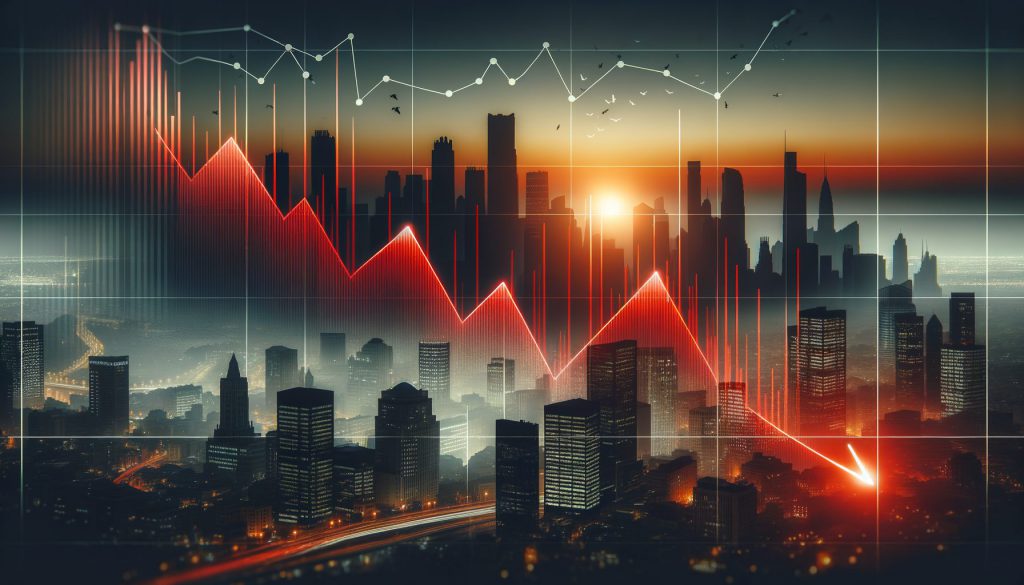US Economy 2025: Graduate Job Crisis Hits Hard — What’s the Real Damage and Who’s to Blame?
The US graduate job market is bleeding—2025’s crisis cuts deeper than student loans. Fresh diplomas gather dust while corporations hoard cash. Here’s the brutal breakdown.
The Numbers Don’t Lie
Unemployment for degree holders spikes to levels unseen since the Great Recession. Entry-level roles? Ghosted by AI or outsourced to cheaper markets. The ‘gig economy’ pivot? Just corporate-speak for ‘no benefits.’
Wall Street’s Cynical Play
Meanwhile, hedge funds short education stocks—because nothing screams ‘American dream’ like betting against the next generation. Student debt? Still compounding faster than crypto scams in a bull market.
What’s Next: Adapt or Collapse
Bootcamps now promise blockchain certs as salvation (good luck with that). The Fed whispers about intervention—right after their third martini lunch. One truth remains: adapt fast, or become economic roadkill.
Graduate Job Crisis: What’s Happening?

The US graduate job crisis is now worsening, adding more pressure on the US economic strata. Per the latest post by the Kobeissi Letter, US graduates are struggling to find a job in 2025. The platform shared the latest stats related to the domain, adding how the unemployment rate among fresh US graduates has spiked significantly this year.
Sharing in depth, the platform noted how the jobless rate for people aged 20 to 24 with a bachelor’s degree has now spiked 1.3 percentage points in three years.
In addition to this, jobless rates among fresh graduates aged 22 to 27 have averaged 5.8% in Q1, 2025.
In conclusion, the portal derived a consensus on how the unemployment gap between the young and the general population has widened significantly in the last 35 years.
However, the aforementioned metrics are still lower than the nationwide unemployment rate which stands at 4.2% at present.
US graduates are struggling to find a job:
The unemployment rate among new college graduates has averaged 6.6% over the last 12 months, the highest in a decade, outside of 2020.
The jobless rate for people aged 20 to 24 who are looking for work and have at least a bachelor’s… pic.twitter.com/6DLJzZA8EJ
What’s Next: Possible Inflation?
Another unique insight by the Kobeissi Letter points out how US citizens are battling rising inflation. In a recent post on X, the platform outlined how the US economy’s consumer spending index has declined, with retail falling by 0.9% in May 2025.
US consumer spending is falling:
Retail sales fell -0.9% in May, the second-largest drop since March 2023.
This also marks the second consecutive monthly decline.
7 of the 13 categories saw a decrease, with the decline being driven by building materials, gasoline, and motor… pic.twitter.com/BgTmcz9P6h
A declining consumer spending index simply refers to a habitual pattern where people are spending less, primarily due to high pricing mechanisms. This pattern takes shape at times of economic uncertainty when people WOULD spend less due to high-priced goods and services, indicating less affordability of items. The pattern in general is hazardous to the economy in general, indicative of a slowing economic growth pattern.
The US economic trajectory now largely depends on the Federal Reserve and its rate-cut stance when it comes to controlling inflation.
Powell said in the latest meeting.

